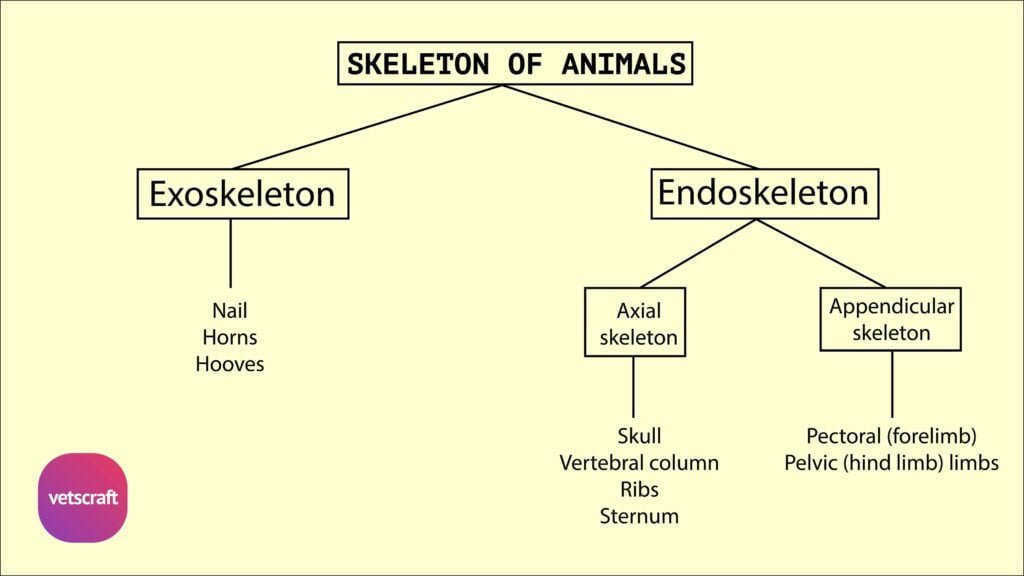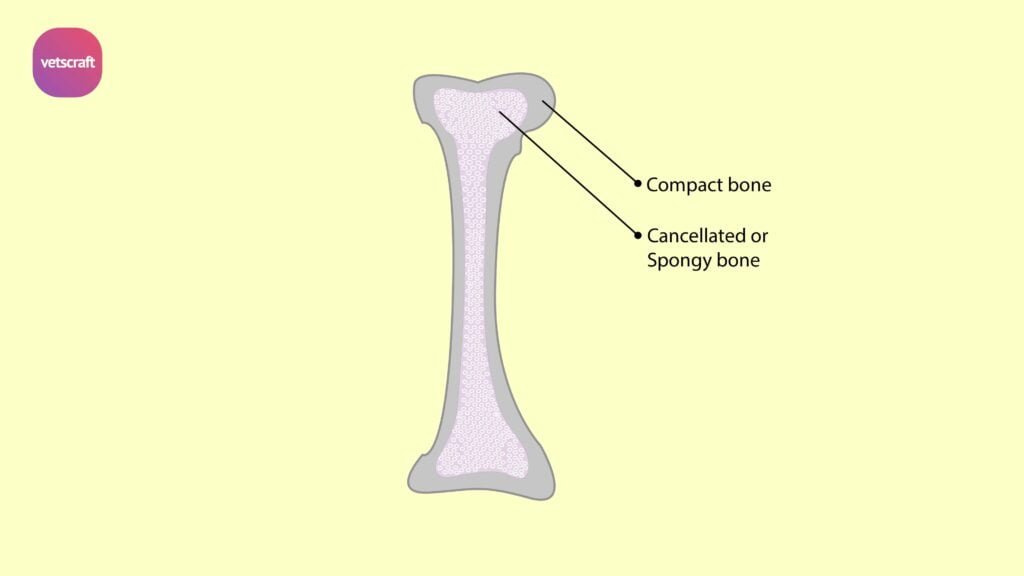TABLE OF CONTENTS
Gametogenesis in Animals
The process by which the gametes are produced is known as gametogenesis. the most important characteristic of every living organism is the ability to reproduce to perpetuate the species.
The reproductive cells, which unite to form the new individual, are known as gametes. In all higher vertebrates, the gametes from male are called spermatozoa and the larger, food – laden gametes formed within the female are termed ova/ovum.
The gametes themselves and the cells that give-rise to them constitute the germplasm of an individual. The other cells of the body, which take no direct part in the production of gametes, are called somatic cells.
Gametogenesis in Animals includes Spermatogenesis in male and Oogenesis in female.
- Generally, gametogenesis is divided into four major phases-
- Origin of germ cells and their migration into gonads.
- The multiplication of germ cells by mitosis.
- Reduction division/Meiosis.
- The final stage of maturation and differentiation of the gametes into spermatozoa/ova.
SIGNIFICANCE OF MEIOSIS
Meiosis affords a mechanism for selection and recombination of the genes of unit characters and there by ensures variation. Meiosis prevents accumulation of chromatin and a numerical duplication of chromosomes from generation to generation. It also provides for sex determination of individual.

